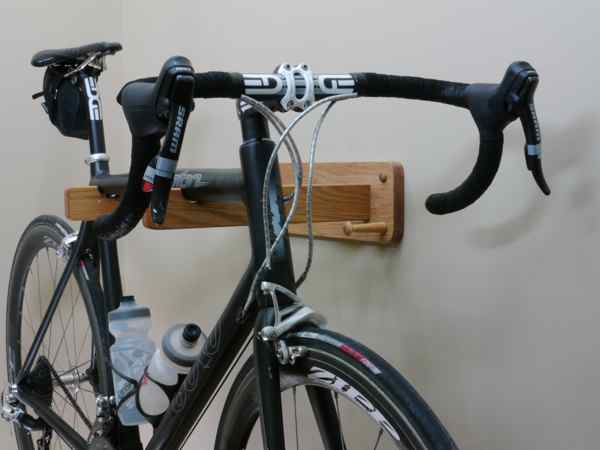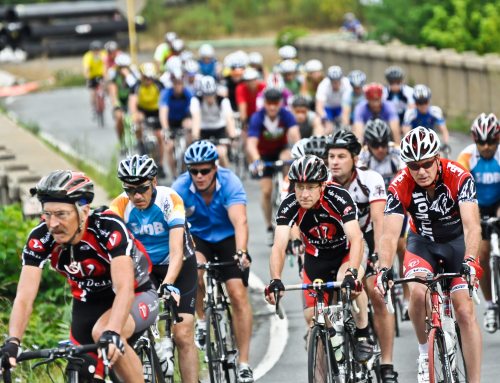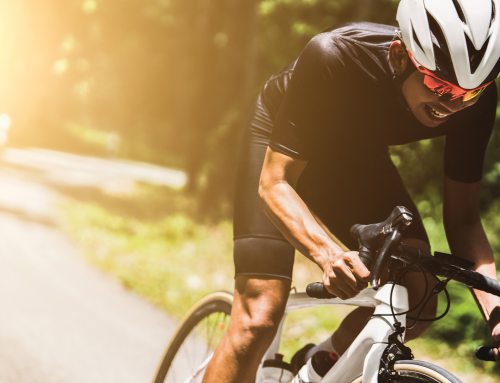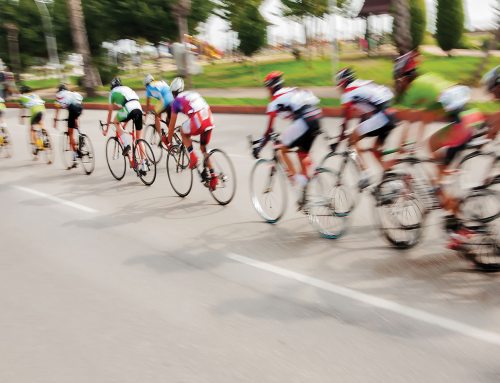
By Victor Jimenez
My friend Mike is a good cyclist. He loves riding his bike and trains hard to improve his cycling and racing. One thing that always strikes me about Mike is that he never seems to get any faster. On winter rides he rides as hard as he does during racing season. He has worked very hard over the years to become as fit as he is and he is terrified that if he takes time off or rides easier, those 30 pounds that he lost will come back and he will struggle in his next race. Time off the bike is exactly what Mike needs to become a better cyclist.
Four to Six Weeks Completely off the Bike
A whole month or more of no riding might sound blasphemous, but not riding your bike for four weeks or more does several things for your mind and body.
- Gives an important mental break from your core sport
- Gives your body time to fully recover from a season of hard riding
- Allows time for reflection on your sport and life perspective
With all of that time off the bike you will be able to spend time with friends and family and focus on becoming a better athlete. I am not saying do nothing at all. I’m suggesting that you take time away from your core sport.
Don’t Just Sit on the Couch
This is the time for you to pick up another easy aerobic activity: hiking in the woods, swimming, running, etc. The important thing is that whatever activity you choose, make it easy, fun and noncompetitive. Don’t monitor your pace, distance or any other metric. Just remember that this is a break from your sport, not an additional stress.
Think About Your Bike
With this time off, it is an ideal time to revisit your position on your bike so that you will have time to adapt once you start riding again. It is also a great time to do any equipment upgrades, maintenance or even to buy a new bike.
Common Pitfall
A common mistake that many athletes make is waiting until their season starts to think about a professional bicycle fit. On a bike any change to your position is challenging in the short term. It takes time for your body to fully accommodate any new position. Typically it takes at least six to eight weeks to adapt even to small changes in your position.
Focus on Strength Training and Imbalances
Riding a bike tends to naturally build muscle imbalances. The offseason is the ideal time to evaluate and strengthen those imbalances before they cause nagging aches and pains or turn into a major injury. Ideally you should go to an athletic trainer or physical therapist that is familiar with the mechanics of cycling for evaluation and recommended strengthening exercises. By consulting an expert you will not waste time on exercises that are unnecessary or counterproductive.
Areas that Every Cyclist Needs to Work on Strengthening
Core: No, I am not talking about your abs. In cyclists, the entire torso is the platform, or “core,” that you are pushing against when you power the pedals. The greater the engagement of your “functional core,” the more effective you can be at powering the pedals.
Back: Technically your back is part of your “functional core” on the bike. Work on exercises that strengthen your back. Some examples are the “Superman,” where you lie on your stomach and lift your legs and arms up like you are Superman flying, and the “warrior pose” and its variations in yoga.
Posterior Chain: Your posterior chain is composed of the muscles on your posterior, such as gluteus muscles, hamstrings, calfs, etc. These are typically problem areas for most cyclists. Although this does include your back, it is worth mentioning separately because it is so important. Some examples of targeted exercises are dead lifts and squats.
Yoga Incorporates All of These Areas
One of my favorite things for strength training in the offseason is yoga. Yoga covers many aspects of conditioning in athletes, not only stretching and relaxing. The right yoga class will cover strength, balance, concentration, stretching and breath control. All are extremely important for cyclists – and for any athlete, for that matter. An excellent reference book is “Yoga for Athletes,” written by my friend Sage Rountree.
Offseason Is a Great Time for Learning
Take the extra time you have in the offseason and learn something new about your sport. Here are a few ideas.
- Take a class and learn how to do basic maintenance on your bike.
- Attend clinics and seminars about cycling and triathlon.
- Hire a technique specialist and improve your pedaling technique.
- Learn about nutrition and make adjustments to your diet.
- Read several books related to cycling.
- Spend time reviewing your previous years’ training.
- Learn about new technology tools that are available to help your training.
Summary
Don’t be like my friend Mike. He rides the same year-round and never improves. Take time away from cycling and you will come back refreshed mentally and physically. It is important that you don’t just sit around and do nothing. Focus on another aerobic activity that is easy and noncompetitive. Incorporate strength training into your routine and consider taking a weekly yoga class. The time off your bike is also an excellent time for a bicycle fit so that you will have time to get accustomed to your new position.
Enjoy your time away from your sport and it will make you a better rider.
# # #
Victor Jimenez is the owner and professional bicycle fitter at www.bicyclelab.com. Bicycle Lab is a small boutique studio that specializes in bicycle fitting, custom bicycles and education. Victor teaches clinics and classes to individuals, coaches and teams on bicycle fit and the technical aspects of cycling, and is co-host of th www.cycling360media.com podcast. www.Bicyclelab.com, www.Facebook.com/bicyclelab or victor@bicyclelab.com.






